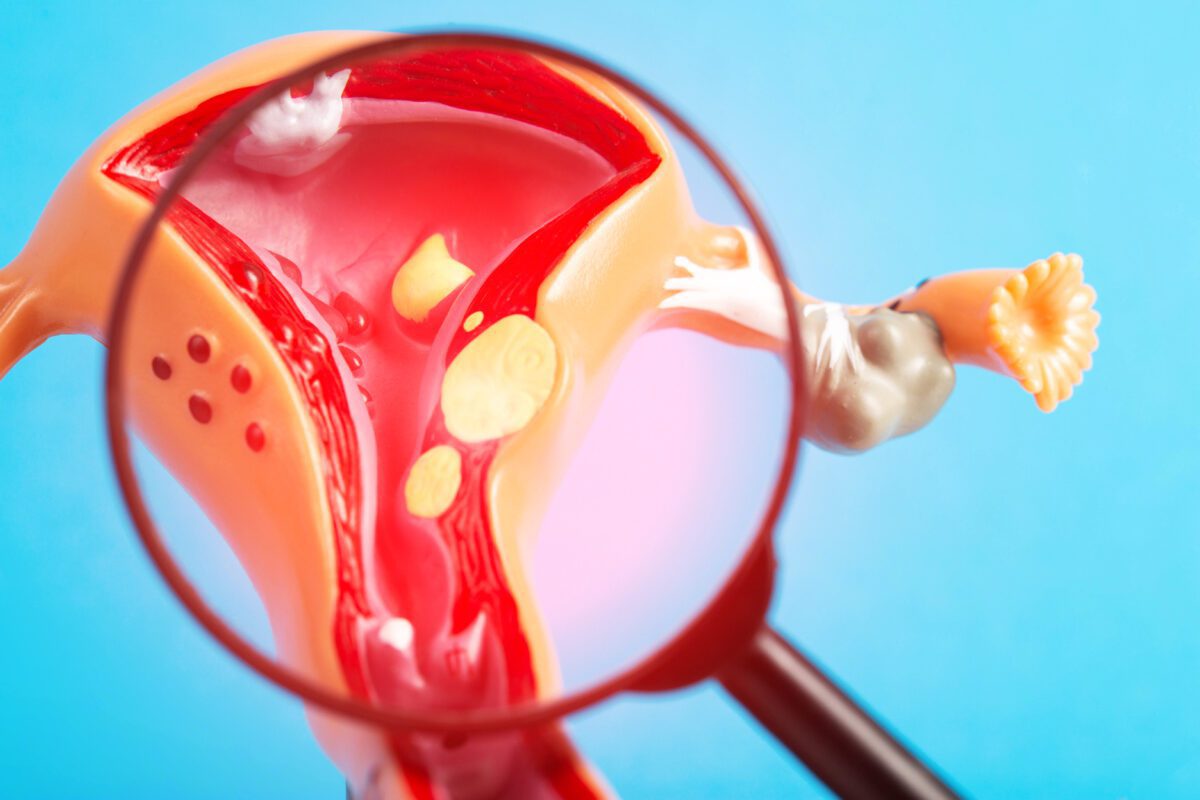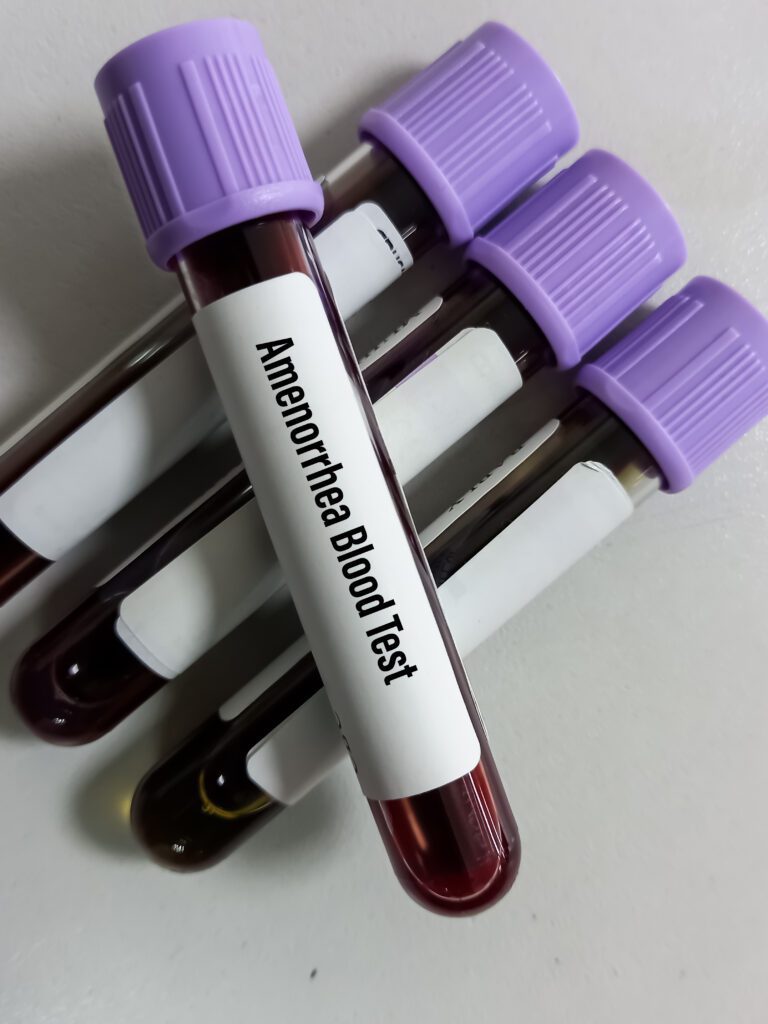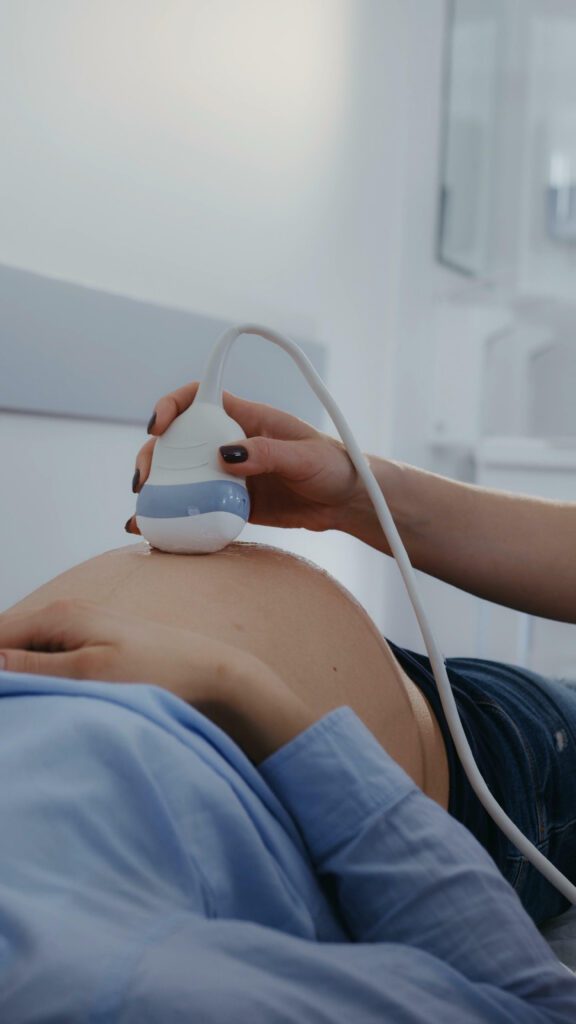Common Health Issues for Women
Things like osteoporosis, breast cancer, polycystic ovarian syndrome (PCOS) and urinary tract infections are well known diseases, infections and illnesses that most know about when speaking on common health issues for women. But others, including uterine fibroids and primary ovarian sufficiency, are more prevalent than people may expect. We dive into symptoms, side effects and treatments.
Uterine Fibroids
According to the U.S. National Institutes of Health (NIH), by the age of 50, an estimated 70 to 80% of women will have uterine fibroids.

Susan Chambers, M.D., an OB/GYN with INTEGRIS Health Lakeside Women’s Hospital in Oklahoma City, says uterine fibroids are uterine leiomyomas – growths in the muscle portion of the uterus that are almost always benign or noncancerous.
“They can be silent and without symptoms or can cause heavy bleeding, irregular bleeding, painful periods and pelvic pain,” she says. “They can occur at all ages of women in the reproductive age range, but start to shrink in menopause.”
Sarah Mashburn, M.D., an OB/GYN and colleague of Chambers, says risk factors for uterine fibroids include increasing age, premenopausal status, family history of fibroids, obesity and hypertension.

“Black women are also two to three times more likely to have fibroids than white women,” she says. “Parity or number of pregnancies and the use of oral contraception or injectable hormonal contraception are associated with lower rates of fibroid development.”
There are a variety of ways to treat uterine fibroids and the appropriate plan depends on the size, location, symptoms and a woman’s future reproductive desires, says Mashburn.
“There are many non-surgical options including medications that target bleeding only, as well as medications that treat bleeding by attempting to shrink the fibroids,” she says.
In some cases, Chambers says procedures such as a myomectomy, uterine artery embolization or hysterectomy may be needed.
“A myomectomy removes the fibroids if childbearing is still a consideration,” she says. “Myomectomies can be done laparoscopically sometimes while other times a larger incision is needed. An interventional radiology procedure called uterine artery embolization basically cuts off the blood supply to the fibroids.”
Mashburn emphasizes that there are risks and benefits to all treatment plans.
“It is important that patients and their providers discuss all options for treatment to find their best option,” she says.
Primary Ovarian Insufficiency

Mashburn says primary ovarian insufficiency (POI) is a dysfunction of the ovaries that causes periods to stop spontaneously before age 40.
“The most common symptom of POI is what we call primary or secondary amenorrhea, meaning either someone never gets a period or may have periods initially but they go away,” she says. “Some patients, but not all, may also experience hot flashes or vaginal dryness. It is very important that if someone does not have a period by the age of 15 or three years after the start of breast growth, or if someone who previously has had periods goes three months without a period that they be seen and evaluated by an OB/GYN.”
There are many potential causes for primary and secondary amenorrhea, says Mashburn, and a diagnosis is typically achieved through blood work, ultrasound and physical examination.
“In POI we see an elevated FSH level – the hormone that signals the ovaries – and a low estradiol level – a hormone produced by the ovaries,” she says. “Treatment of POI consists of hormonal therapy to optimize bone, heart and sexual health, as well as attention to reproductive desires and the emotional distress the diagnosis can cause. This often involves a referral to a reproductive infertility and endocrinology (REI) specialist as well as counseling or therapy.”
Even with a diagnosis of POI, Mashburn says there’s always a chance of spontaneous ovulation, so if an individual doesn’t desire pregnancy then contraception should be used.
“Luckily, many of the hormonal treatment options for POI not only provide protection for bone and heart health but contraception as well,” she says.
Pregnancy Do’s and Don’ts

With so much information out there, it’s hard to tell what’s good and not-so-good when it comes to behaviors while pregnant. But a few are tried and true do’s … with others are hard stop don’ts.
Do take a prenatal vitamin. During pregnancy, women need more vitamins and minerals such as folate, iron and calcium, which can be supplemented through a healthy diet and prenatal vitamins.
Do gain a healthy amount of weight. Gaining too little or too much weight during pregnancy can cause serious health problems for both the mother and the fetus.
Do get regular prenatal checkups. Prenatal care should begin as soon as a woman knows or thinks she is pregnant and regular visits with a healthcare provider helps identify, prevent and/or treat any health problems.
Do stay physically active.Being physically active during pregnancy can have many health benefits including lowering the risk of gestational diabetes and postpartum depression. Talk with a healthcare professional about what exercises might be best.
Do ask your doctor before using any herbs and plants as medicines. The safety of herbal and plant therapies isn’t always concrete, and some herbs and plants may be harmful during pregnancy, such as bitter melon (karela), noni juice and unripe papaya.
Don’t smoke.Women who smoke during pregnancy are more likely to have a miscarriage and to have a child born with birth defects, as well as an increased risk of low birth weight – which increases the child’s risk of health problems.
Don’t drink alcohol.There is no known safe amount of alcohol a woman can drink while pregnant. Alcohol consumed while pregnant passes to the baby through the umbilical cord and can slow growth, affect the brain and cause birth defects.
Don’t drink too much caffeine.Limit drinks with caffeine to less than 200 mg per day – the amount in about 12 ounces of coffee.
Don’t eat foods that can cause illness.Avoid soft cheeses made from unpasteurized or raw milk; raw cookie dough; undercooked meats, eggs and seafood; deli salads; as well as any kind of raw sprouts such as alfalfa, clover, radish and mung bean.
Don’t eat fish that may have high levels of mercury.Limit white (albacore) tuna to six ounces a week and do not eat king mackerel, marlin, orange roughy, shark, swordfish or tilefish. You may eat up to 12 ounces of seafood per week, choosing from safer options such as cod, salmon and shrimp.
Source: National Institutes of Health

Prenatal Care
“Early and adequate prenatal care are some of the most important contributors to good pregnancy outcomes, however, about 15% of pregnant people in the U.S. do not receive adequate prenatal care,” says Stephanie Pierce, M.D., MS, an OU Health maternal-fetal medicine specialist and assistant professor of maternal-fetal medicine at the University of Oklahoma Health Sciences in Oklahoma City. “We know from research studies that women without adequate prenatal care have higher rates of many pregnancy complications, including preterm birth and low birth weight for the baby. In addition, women who do not receive regular prenatal care may have a delay in recognizing issues like preeclampsia and preterm labor, and they may miss important screenings that happen at prenatal visits, like testing for gestational diabetes and syphilis.”
Pierce says it’s important for women to educate themselves about pregnancy complications and interventions to help them serve as their own healthcare advocate – asking questions and taking steps to reduce their risk.
“For example, for women who have risk factors for preeclampsia, taking a low-dose aspirin daily starting at 12 to 13 weeks of pregnancy can decrease their risk of preeclampsia by 15-20%,” she says. “Importantly, women who have underlying risk factors like chronic hypertension (high blood pressure) and diabetes should be aware of their pregnancy risks and should work with their healthcare team to optimize their health before attempting to conceive.”
Understanding Maternal Mortality in the U.S.
Maternal mortality rates in the United States continue to be a concern. According to the Centers for Disease Control and Prevention (CDC), the maternal mortality rate for 2021 was 32.9 deaths per 100,000 live births, revealing an increase compared with the rate of 23.8 in 2020 and 20.1 in 2019.
“The rates of maternal mortality in the United States are alarming, particularly in light of the fact that the United States is one of the highest-resource countries in the world, and we are also among the top spenders on healthcare costs per person,” says Pierce. “With those statistics, we should expect to have some of the best pregnancy outcomes and lowest maternal mortality in the world – however, the fact that our mortality rates are higher than many other countries with similar resources means that we must investigate the quality of our medical care and Americans’ ability to access healthcare. Importantly, many maternal deaths are preventable, and we need to invest in finding solutions to prevent these tragic deaths.”

Inequities in healthcare, racial and socioeconomic disparities, as well as an increase in chronic conditions, and the ‘advanced maternal age’ of some women are all cited as contributing factors to the country’s high maternal death rate.
“Social determinants of health like poverty, education status and access to safe housing, transportation and nutritious food all play an important role in an individual’s risk for adverse outcomes in pregnancy,” says Pierce. “Some groups, such as non-Hispanic black women, are disproportionately affected by these issues due to historical and structural factors that affect their access to healthcare as well as the way they are treated within the medical system.”
As reported by the CDC, the 2021 maternal mortality rate for non-Hispanic black women was 69.9 deaths per 100,000 live births – 2.6 times the rate for non-Hispanic white women. In addition, regarding a woman’s age, the rate for women aged 40 and over was 6.8 times higher than the rate for women under age 25.
“The rate of pregnancy complications such as gestational diabetes and preeclampsia increases slowly across a woman’s lifespan, however, women aged 40 and older are at the highest risk,” she says. “In addition, the rates of chronic medical conditions like chronic hypertension and diabetes become more common as women get older, and these lead to higher risks during pregnancy.”
Postpartum Care
Pierce also shares another caveat to understanding maternal deaths and how there’s a critical need to help support a woman’s mental health after pregnancy.
“Many people are not aware that approximately 30% of pregnancy-related deaths occur in the first year after birth, beyond the 42 days post-birth that is used to define the traditional ‘postpartum’ time period,” she says. “Therefore, women should know that close medical follow-up after pregnancy is also crucial, especially if they had complications during their pregnancy. Mental health conditions and substance use are heavily involved in these deaths, so pregnant and postpartum women, as well as their friends and family, should know that as always, they should take any mental health concerns seriously and seek emergency care if needed.”
The American College of Obstetricians and Gynecologists (ACOG) currently recommends that postpartum care – often called the ‘fourth trimester’ – be an ongoing process. Women should be in contact with their OB/GYN or other obstetric care provider within the first three weeks postpartum and then follow up with a comprehensive postpartum visit no later than 12 weeks after birth.
This visit should focus on a variety of points including one’s mood and emotional wellbeing, sleep and fatigue, physical recovery, infant care and feeding, sexual contraception and birth spacing, chronic disease management and overall health maintenance. Once this appointment is completed, a woman should transition to ongoing well-woman care.






















